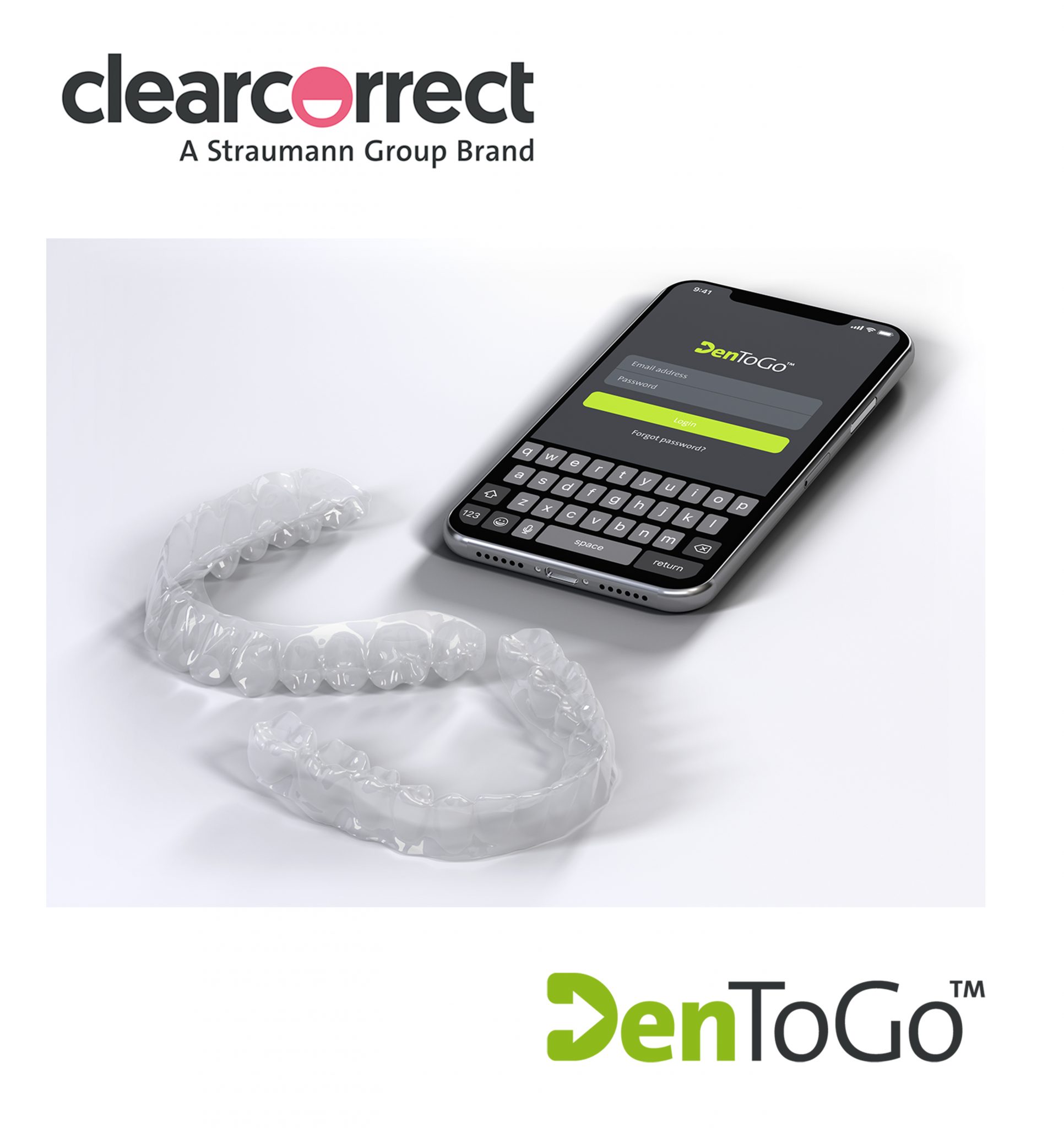Made for each other
Featured Products Promotional FeaturesPosted by: Dental Design 7th January 2021

In our technology-driven world, integration of solutions has become the cornerstone of convenience. The more tech we use, the more important it is for each piece of equipment to communicate with others and allow us to go about our day efficiently. If we get on the tube or buy a coffee, we need our smartphone to connect with the card reader to make a payment. If we go running, our headphones remotely connect to our watches or phones for music and pacing. At home, our laptops and computers might link with a printer or a scanner. Our smart televisions can be connected with any games console, or use a wireless internet connection to bring us our favourite shows. The key to all of these activities is seamless integration of technologies that ensures smooth transfer of data as they work effectively together.
This is no different in the dental practice. Everything from the practice management system to the digital imaging systems need to communicate so as to make life simpler for professionals and patients alike. Even as the amount of technology in the practice increases, compatibility is an essential consideration for successful growth.
Benefits of seamless integration
In fact, there are many benefits to optimising compatibility between different digital systems in the practice. Firstly, it creates a smoother and more efficient workflow for the dental team. Technology is designed to simplify and speed up tasks, which can only be realised in the practice environment if solutions connect and automation is maximised. The result is less stress for professionals, as well as greater productivity, profitability and job satisfaction.
Secondly, compatible technologies will enable the team to fully utilise the features and benefits available. For example, if an intraoral scanner is used to create a digital impression, but this is sent to a design programme that doesn’t recognise the file type, you have a problem. Similarly, if patient records are not automatically updated when a CBCT scan is taken and you have to manually input data, an appointment will take more steps and more time for clinicians.
Another advantage of a streamlined workflow is an improved patient experience. They will appreciate the efficiency with which their information is handled and their treatment is provided, in turn encouraging their satisfaction with the service they receive. At a time when word-of-mouth recommendations mean everything for all types of businesses, a happy patient will be the very best advocate for your practice.
The orthodontic workflow
There can be no denying that the field of orthodontics has grown even more than would have been predicted at the start of the year. Given the restrictions and challenges faced across dentistry during this pandemic, the introduction and rapid development of virtual assessment and remote treatment monitoring have put some solutions – particularly removable orthodontics – firmly in the spotlight. Utilising this innovative technology, clinicians are able to start treatment while requiring less surgery time and fewer appointments, saving both them and their patients time and money.
The orthodontic workflow today looks very different to that of yesteryear. Patients register their interest and get started with the evaluation stage from the comfort of their own home. Upon proceeding, the clinician has access to patient data ahead of the physical appointment so they need less time to complete the assessment. They can use an intraoral scanner to take digital impressions, which can be sent to the laboratory for fabrication of highly accurate clear aligners, without any worries about the cross-contamination potentially associated with alginate impressions. Digital communications can occur between clinician and dental technician to ensure the best treatment plan for the individual patient. During treatment, innovative technology can be used to monitor the patient’s progress remotely, so they needn’t visit the practice as regularly, with no compromise in quality of care.
Throughout this entire treatment journey, it is crucial that all technology used is compatible and easily accessible to both the dental team and patients. It only works if each solution can connect to the next and data is seamlessly transferred.
A complete ecosystem
The Straumann Group is the only UK provider to offer a comprehensive ecosystem of solutions for the digital orthodontic workflow. As part of the ClearCorrect workflow, clinicians have access to DenToGo virtual assessment and remote treatment monitoring technology, which is supported by artificial intelligence to support the clinical workflow. The Trios intraoral scanner from 3Shape can be used to acquire highly accurate digital images, directly integrating with the ClearCorrect Doctor portal for total convenience. In fact, the technologies are so compatible that they work together to produce a treatment simulation that can drastically enhance treatment acceptance. A dedicated e-book from the Straumann Group is available to download with everything you need to get started.
Better together
Just as the dental team works better together, so do the technologies and innovations you use to elevate the standard of patient care you can deliver. Ensure seamless integration and compatibility between your equipment to make the very most of the benefits available.
Learn more about getting the most of virtual dentistry with the DenToGo e-book “Virtual dentistry: the present and the future” at www.straumanngroup-uk.co/dentogo-ebook








